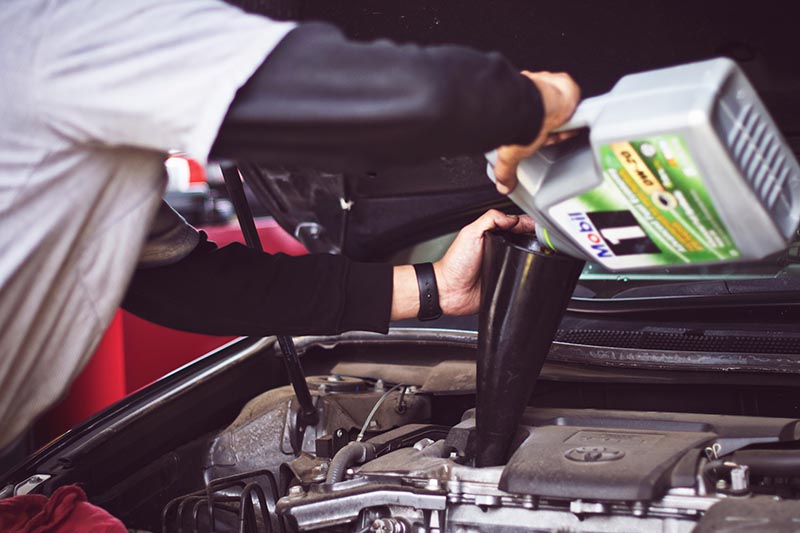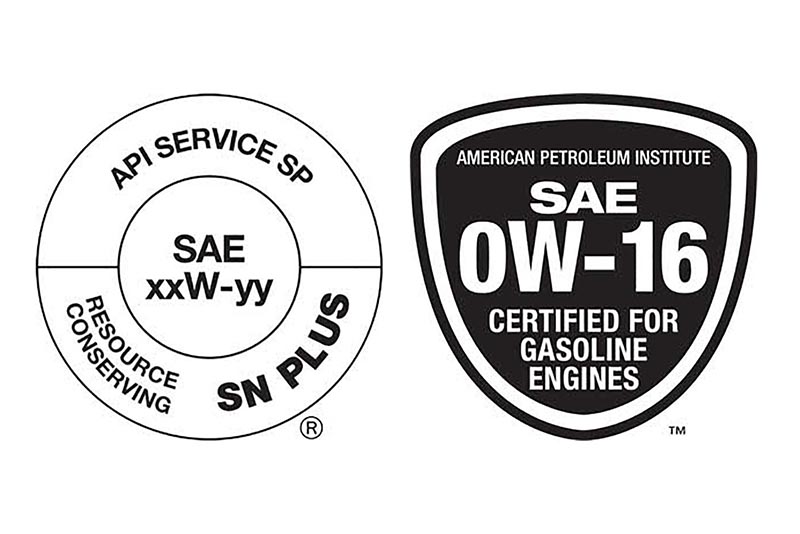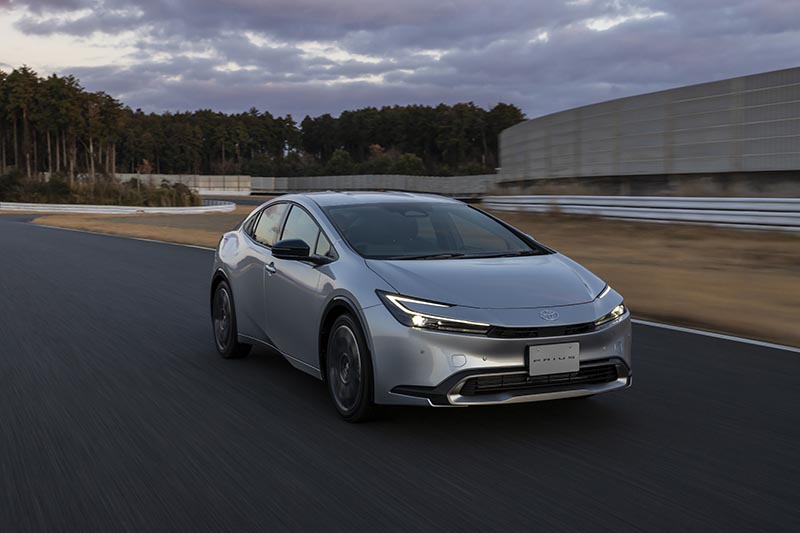
API ballots inclusion of ultra-low viscosity oils in ILSAC GF-6B
During the Auto/Oil Advisory Panel (AOAP) meeting on January 31, 2023, a motion to ballot the inclusion of ultra-low viscosity engine oil grades SAE 0W-8 and SAE 0W-12 in the ILSAC GF-6B passenger car motor oil (PCMO) standard was passed.
A 45-day ballot was granted to allow sufficient time for individual stakeholders to consider the proposed changes to American Petroleum Institute (API) 1509, which describes the voluntary API Engine Oil Licensing and Certification System (EOLCS).

AOAP is the decision-making body for a new ILSAC engine oil category, as defined in API 1509.
The January meeting kicked off with an update on the development of the next ILSAC PCMO category, GF-7. As previously reported by F+L Magazine, the AOAP has received several proposals to modify the category development approach for GF-7, which was originally targeting first licensing in 2028. Current efforts are more aligned with the Afton Chemical proposal of 2024 (GF-7) and 2028 (GF-8), says Mike Deegan, who is with Ford Motor Company and is the current chairman of ILSAC. Although, an early 2025 timeframe is more likely, he says.
The International Lubricants Standardisation and Advisory Committee (ILSAC) is still working to determine the “must haves” for GF-7—such as fuel economy improvements, aged oil low-speed pre-ignition (LSPI), new seals and minor improvements to the following engine tests: Sequence IIIH, IVB and X. An updated letter to AOAP members, including the requirements and potential draft targets is expected in March 2023. Following the discussion on GF-7, attention turned to the addition of lower-viscosity oils in the active ILSAC GF-6B standard.
From May 1 2021, oils meeting ILSAC GF-5 were no longer eligible to display the API Certification Mark ‘Starburst’. From this date, ILSAC GF-6A provides the only basis for issuance of a license to use the API Certification Mark ‘Starburst.’

At the same time, API introduced a new API Certification Mark ‘Shield’ that will identify oils meeting the ILSAC GF-6B specification. This Certification Mark can only be applied to oils having a viscosity grade of SAE 0W-16.
ILSAC has always tried to make its standards “evergreen,” which means they are backward-compatible. However, the new 0W-16 viscosity grade has not been specified for most older engines, as most older engines are not equipped to operate with a lubricant at such a low viscosity. For this reason, ILSAC determined the need for an ILSAC GF-6A standard, which is backward-compatible, and an ILSAC GF-6B standard, to be used only for SAE 0W-16, which will not be backward-compatible unless specified by an original equipment manufacturer (OEM).
Inclusion of 0W-8 and 0W-12 engine oils was also raised early in the development of GF-6. At the time, a formal request was not actioned as the technology to measure lighter viscosity grades was not yet available. JASO M 365 and M 366 were early in their development.
Now, the technology has caught up and AOAP can respond to the earlier requests. The JASO M 365 and M 366 are available as industry-standard tests to measure these lighter weight oils. The M 365 Motored Fuel Economy Test Procedure requires a 2.0% minimum improvement for 0W-8, and 1.7% for 0W-12 oils. The M 366 Firing Fuel Economy Test Procedure involves a minimum 1.1% fuel economy improvement versus a JASO baseline oil. SAE International has also revised its engine oil viscosity classification, SAE J300, to include the two new high-temperature viscosity grades SAE 8 and SAE 12.

Despite an inability to incorporate oils with a viscosity below 0W-16 during the initial development of GF-6, preparatory work was completed at the time. API’s Engine Oil Licensing and Certification System is ready to incorporate these lower viscosities and the trademarks and certification marks have already been designed for use.
An API representative outlined the draft revision to API 1509, Table H-7, which includes the SAE 0W-8 and 0W-12 viscosity grades. Changes also included taking the Sequence IIIH kinematic viscosity limit to 150% maximum (GF-5 level), the Sequence IIIH average weighted piston deposits to 3.7 minimum (GF-5 level), the Sequence IVB at the GF-6 level, and the addition of the JASO M 366 Test to measure fuel economy performance. The Sequence IX LSPI has been removed as a requirement.
While the motion may have obtained the obligatory sign-off to move to ballot, the acceptance of ultra-low viscosity grades is no certainty. There was robust debate on the need for ultra-low viscosity oils and the potential impacts on existing specifications.

Japan is a global leader in the move towards low-viscosity oils as they continue a trend toward extremely fuel-efficient vehicles. Ultra-low viscosity oils have been in Japan for years and the East Asian nation has been instrumental in developing an appropriate fuel economy test for evaluating these oils. However, during the AOAP meeting, Satoshi Hirano of Toyota raised concerns about the market demand for such oils on behalf of the Japan Automobile Manufacturers Association (JAMA) members. JAMA questioned whether it is necessary to incorporate 0W-8 and 0W-12 fuel economy specifications into the next ILSAC standard.
Hirano indicated that JAMA cannot justify the redundant effort to include lower viscosity oils into the ILSAC category in addition to the existing JASO ultra-low viscosity engine oil specification (GLV-1). Only a limited number of JAMA members have adopted these low-viscosity grades and there has been limited interest elsewhere in the world, he says.
The Toyota representative also highlighted concerns around a potential need to standardise JASO M 365 and M 366 as ASTM test procedures and the associated cost burden. According to API, however, since JASO standards are already listed in API 1509, there is no requirement to turn them into ASTM test methods.
Following healthy debate, the motion was eventually sent to ballot. The ballot period allows stakeholders on the OEM and oil sides to review and provide comments. Upon closure of the ballot, all comments and negatives are addressed before implementation can proceed. A 45-day ballot also allowed AOAP members an opportunity for a face-to-face discussion on the issue at the AOAP meeting in San Antonio, Texas, U.S.A., on February 23.
Because JASO is an existing standard, if the ballot is approved there is no tech demo or mandatory waiting period. As soon as the ballot is passed and documentation is fully authorised, these low-viscosity grade engine oils could then be licensed by API.








